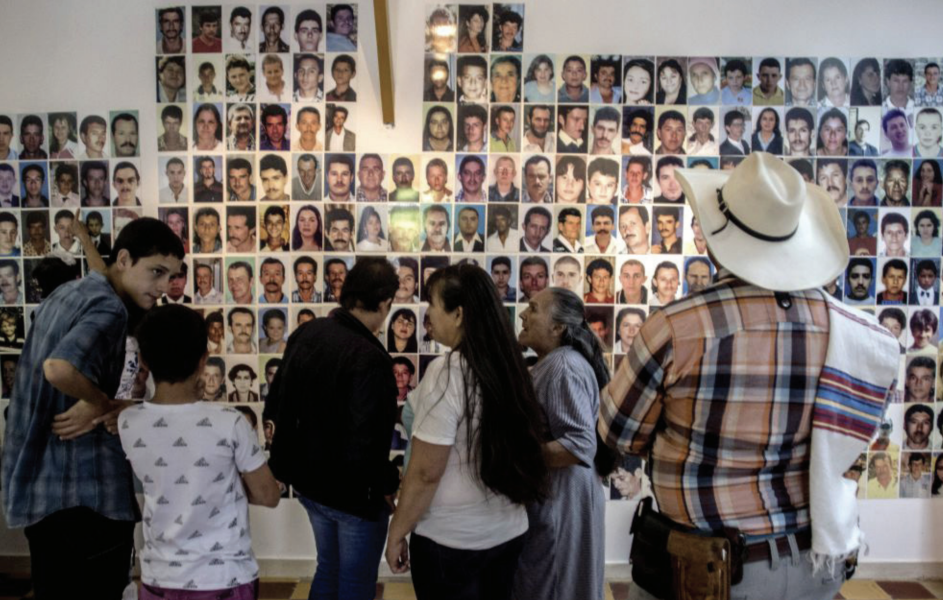Transitional justice processes are complex, politically contested, and not necessarily linear. Because of this, they present unique theoretical and practical challenges for measuring results, which include challenges for gathering data, registering unintended outcomes, reporting progress, providing feedback to interventions, and extracting useful information to establish impact or counterfactuals.
Based on a desk research and a series of discussions with practitioners, policymakers, and academics, this report considers the following:
- The different roles monitoring and evaluation systems can play and the questions they can answer at different stages of a transitional justice process. This report recommends conducting assessments early on to inform design and to build feedback loops into ongoing processes.
- Key features of transitional justice processes, including their complexity, their political nature, and the difficult contexts where they are usually implemented.
- Combining qualitative and quantitative methods and designing monitoring and evaluation approaches that allow for capturing rich contextual data and unexpected results.
- Power dynamics, exclusion, and language, particularly in fragile contexts and when dealing with vulnerable populations.
- Monitoring and evaluation approaches that are conflict sensitive, victim centered, and participatory.
- The Sustainable Development Agenda as a framework for measuring results of transitional justice. While a politically legitimate and useful conceptual framework, there is room for improvement as current indicators are not best suited to contexts where a large proportion of the population has experienced human right abuses.
Overall, stakeholders in transitional justice should take a “user-centered” approach to measuring progress and results, one that puts the people that a process is meant to serve at the center. In doing so, they can focus on collecting what matters, establishing feedback loops, and learning from and continually improving their interventions.
